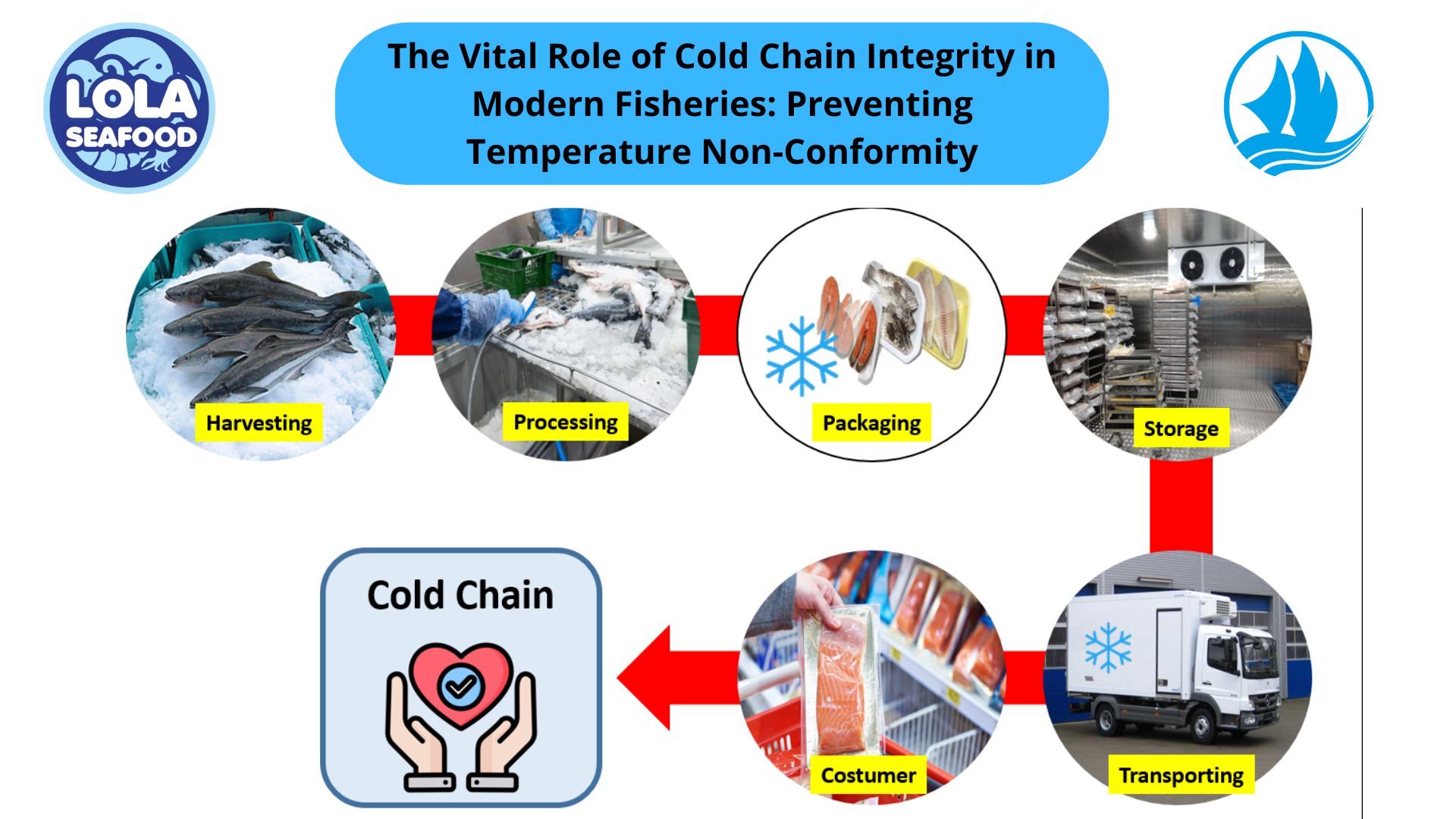Fish Quality Assessment: Sensory Methods
By. Najih - 28 Feb 2023
Fish Quality Assessment: Sensory Methods
Quality is the degree of acceptability by consumer and also involves safety aspects. Certification of fish requires sampling and sensory assessment of freshness and quality from raw material at the landing sites, during processing, until finish good at storage or prior to shipment. Methods to assess the quality of fish include:
1. Sensory methods
2. Biochemical and chemical methods
3. Physical methods
4. Microbiological methods
Now be discussed about sensory methods.
Sensory methods are used to assess the degree of freshness based on organoleptic characteristics such as general consistency of appearance, odor, flavor, and texture. Sensory methods have advantages that it can be adapted by the human being easily.
With reference to SNI 2729:2013, the organoleptic value requirement for fish is at least 7. If the score less than 7 means defect that caused by decomposed, unwholesome, and dehydration (freezer burn). Here is an example of scoring at PT Kelola Laut Nusantara :
Odor:
9 very fresh, strong specific species
8 fresh, specific species
7 fresh, less specific
6 neutral
5 slight sour smell
3 strong sour smell
1 strong rotten smell
Be continued to second methods: Biochemical and chemical methods ...
.jpg)
The Impact of HACCP-Based Integrated Quality Management Programs on the Quality and Competitiveness of Fresh Demersal Fish Products
 and Employee Productivity on the Demersal Fish Processing Floor.jpg)

.jpg)




